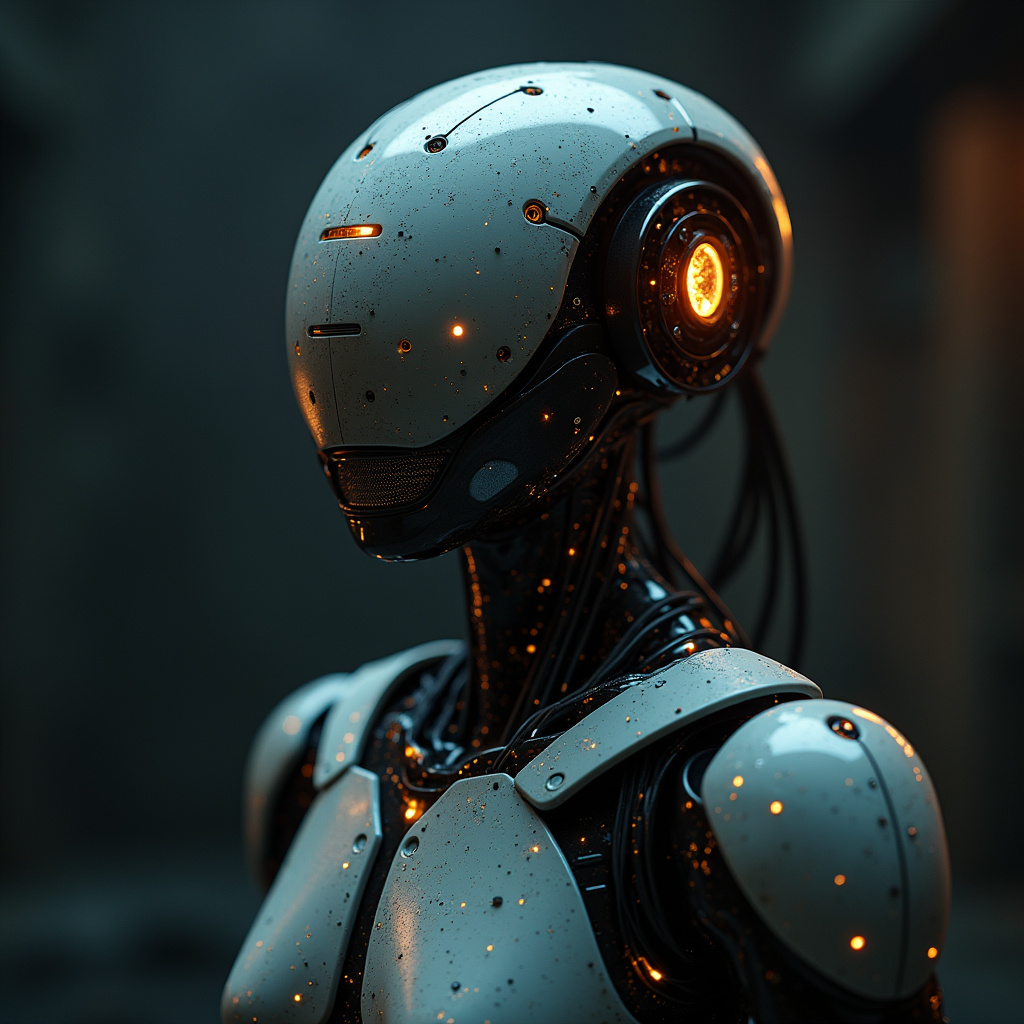Introduction
DALL-E 3, the latest iteration of OpenAI’s groundbreaking image-generating AI, has taken the world by storm. With its ability to create stunning visuals from text prompts, it has opened new doors in creativity and art. However, like any revolutionary technology, it comes with its own set of mysteries and concerns. In this article, we will delve into some of the darker secrets surrounding DALL-E 3 that you might not be aware of.
The Power of AI Art Generation
Before we dive into the secrets, let’s understand what makes DALL-E 3 so special. This AI can generate images from textual descriptions, allowing users to create unique artwork simply by typing what they envision. It leverages deep learning and vast datasets to produce images that are often indistinguishable from those created by human artists. This capability has sparked discussions about the future of art, copyright, and creativity.
Dark Secret #1: Ethical Implications
One of the biggest concerns surrounding DALL-E 3 is the ethical implications of AI-generated art. While the technology offers incredible creative possibilities, it also raises questions about authorship and ownership. If an AI creates a piece of art, who owns it? The user who prompted the AI, the developers of the technology, or does it belong to no one? This murky territory could lead to legal battles and disputes over intellectual property.
Dark Secret #2: Bias in AI Training
Another troubling aspect of DALL-E 3 is the potential for bias in its outputs. AI systems learn from the data they are trained on, and if that data contains biases, the AI will reflect those biases in its creations. For instance, if the training data predominantly features images of a certain race, gender, or culture, DALL-E 3 may inadvertently produce art that favors those perspectives while neglecting others. This can perpetuate stereotypes and reinforce societal biases.
Dark Secret #3: Misinformation and Misuse
The ability to generate realistic images also raises concerns about misinformation. DALL-E 3 could be exploited to create fake news or misleading visuals, which can have serious consequences. For example, imagine a fabricated image of a public figure or a false representation of an event that spreads rapidly online. The potential for misuse is significant, and it poses challenges for society in discerning truth from fiction.
Dark Secret #4: Environmental Concerns
While the focus is often on the artistic capabilities of DALL-E 3, the environmental impact of training such powerful AI models is often overlooked. The energy consumption required to train these models can be substantial, contributing to carbon emissions. As technology advances, it’s crucial to consider sustainable practices in AI development to mitigate environmental harm.
Dark Secret #5: Dependence on Technology
As tools like DALL-E 3 become more accessible, there’s a growing concern about society’s increasing dependence on technology for creative expression. While AI can enhance creativity, it might also stifle the traditional skills of artists who rely on their talents and techniques. This raises the question: will future generations lose touch with the art of manual creation?
Conclusion
DALL-E 3 represents a significant leap forward in AI technology, but with great power comes great responsibility. As we explore the potential of AI-generated art, it’s crucial to remain aware of the ethical, social, and environmental implications it carries. By understanding these dark secrets, we can better navigate the future of creativity and technology in a way that is responsible and inclusive.




